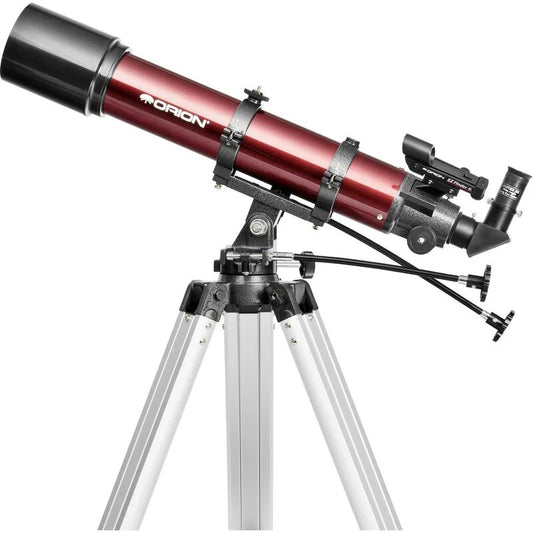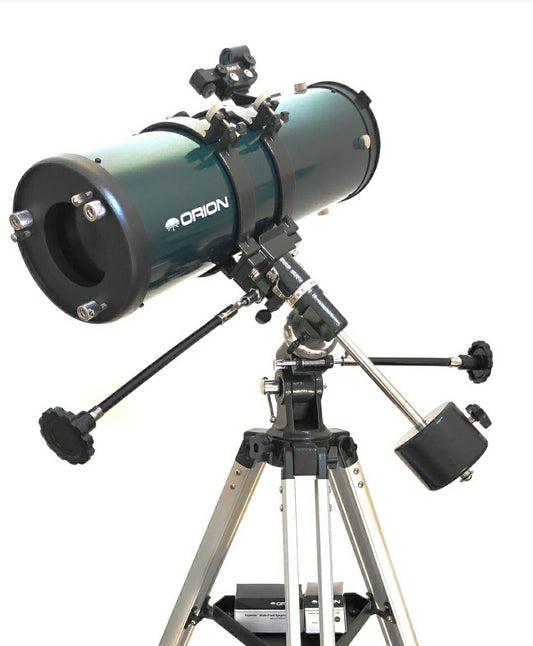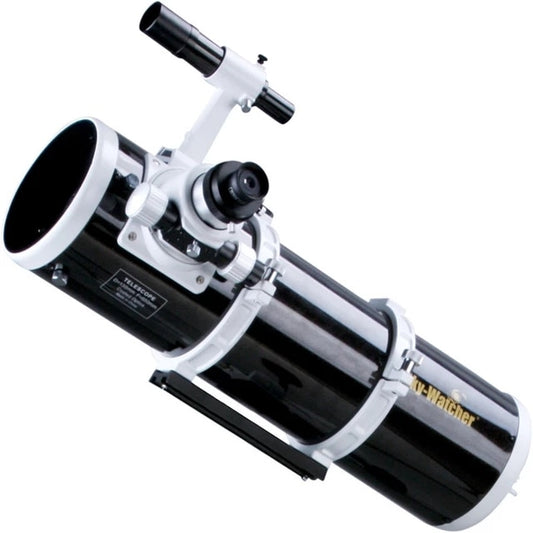The Moon is one of the most recognizable objects in the night sky, and its phases have fascinated people for centuries. The phases of the Moon refer to the different shapes and amounts of visible illumination that we see as the Moon orbits around the Earth. In this article, we will explore why the Moon has phases, how they occur, and what they tell us about the Moon's orbit.
Why Does The Moon Have Phases?
The Moon has phases because of its orbit around the Earth. As the Moon orbits the Earth, different parts of its surface are illuminated by the Sun, and this illumination changes over time, resulting in the different phases.
To understand this, we need to first understand the position of the Moon, Earth, and Sun in space. The Moon orbits around the Earth, while the Earth orbits around the Sun. When the Moon is between the Earth and the Sun, the side of the Moon facing Earth is not illuminated by the Sun, so it appears as a new moon.
As the Moon moves in its orbit, we begin to see more and more of the illuminated side facing the Earth, resulting in the crescent, first quarter, gibbous, and eventually the full moon. Then, as the Moon continues to move in its orbit, we start to see less and less of the illuminated side, resulting in the gibbous, third quarter, crescent, and finally back to the new moon.
This cycle takes approximately 29.5 days to complete, and it is known as the lunar cycle. The different phases of the Moon can be easily observed with the naked eye, and they have fascinated people for centuries.
So, Why Does The Moon Have Phases? The Moon has phases because of its orbit around the Earth, which causes different parts of its surface to be illuminated by the Sun at different times. This results in the beautiful and fascinating cycle of phases that we observe from Earth.

What are the phases of the Moon?
The phases of the Moon refer to the different shapes and amounts of visible illumination that we see as the Moon orbits around the Earth. The four primary phases are the new moon, first quarter, full moon, and third quarter.Why does the Moon have phases?
The Moon has phases because of its orbit around the Earth. As the Moon orbits the Earth, different parts of its surface are illuminated by the Sun, and this illumination changes over time, resulting in the different phases.How do the phases of the Moon occur?
The phases of the Moon occur as a result of the relative positions of the Moon, Earth, and Sun. When the Moon is between the Earth and the Sun, it appears as a new moon. As the Moon moves around the Earth, the amount of illumination visible from Earth changes, resulting in the different phases.Understanding the lunar cycle
The lunar cycle refers to the entire sequence of phases that the Moon goes through as it orbits the Earth. The cycle takes approximately 29.5 days to complete, and it is caused by the Moon's orbit around the Earth.How the phases of the Moon affect tides
The phases of the Moon also affect tides on Earth. During a full moon or new moon, the gravitational pull of the Moon and Sun combine, resulting in higher high tides and lower low tides.

The significance of the full moon
The full moon is one of the most recognizable phases of the Moon, and it has been associated with various cultural and religious beliefs throughout history. Some cultures even have festivals or rituals that coincide with the full moon.The impact of the Moon's phases on stargazing
The phases of the Moon can impact stargazing because a bright moon can make it more difficult to see faint objects in the sky. Understanding the lunar cycle can help astronomers plan their observations accordingly.The role of the Moon's phases in space exploration
The Moon's phases have also played a significant role in space exploration. For example, during the Apollo missions, the timing of launches and landings was planned around the phases of the Moon to ensure optimal lighting conditions for photography and navigation.Common misconceptions about the phases of the Moon
There are several common misconceptions about the phases of the Moon, such as the belief that the phases are caused by Earth's shadow, or that the Moon disappears during a new moon.The history of understanding the phases of the Moon
The phases of the Moon have been observed and studied for thousands of years, and they have played an important role in many cultures and civilizations. Understanding the history of our knowledge of the phases of the Moon can provide insight into how human understanding of astronomy has evolved over time.The relationship between the phases of the Moon and eclipses
Eclipses, both lunar and solar, occur as a result of the alignment of the Sun, Earth, and Moon. Understanding the phases of the Moon is crucial for predicting and understanding eclipses.The influence of the Moon's phases on astrology and horoscopes
In astrology, the phases of the Moon are believed to have an impact on human emotions and behavior. Understanding the different phases and their astrological significance can provide insight into this belief system.The importance of accurate lunar calendars
Lunar calendars have been used by various cultures throughout history to track time and mark important events. Accurate understanding of the phases of the Moon is crucial for creating and maintaining these calendars.

The impact of the Moon's phases on wildlife and natural phenomena
The phases of the Moon can also have an impact on wildlife and natural phenomena such as migration patterns, animal behavior, and even plant growth. Understanding these relationships can provide insight into the interconnectedness of the natural world.The role of modern technology in observing and studying the Moon's phases
Modern technology, such as telescopes and spacecraft, has allowed us to observe and study the Moon's phases in greater detail than ever before. This technology has enabled us to explore the Moon and its phases in new and exciting ways.Conclusion and final thoughts
The phases of the Moon are a fascinating and complex phenomenon that have played an important role in human history and understanding of the natural world. By exploring the causes and significance of the phases, we can deepen our understanding and appreciation of the Moon and its impact on our lives.
More Moon Topics:
- Facts About the Moon
- What Are the Phases of the Moon in Order
- When is the Next Full Moon
- How Far is the Moon
- How to Photograph the Moon
- Moon distance from Earth
- Moon Exploration
- Moon Formation
- Moon Missions
- Moon Myths
- Moon Orbit
- Moon's Magnetic Field
- New Moon

























